 January 19, 1989: Apple introduces the Macintosh SE/30, arguably the greatest of the classic compact Macs with black-and-white screens.
January 19, 1989: Apple introduces the Macintosh SE/30, arguably the greatest of the classic compact Macs with black-and-white screens.
When you picture the ideal 1980s Macintosh, this is likely the machine that comes to mind. And for good reason!

 January 19, 1989: Apple introduces the Macintosh SE/30, arguably the greatest of the classic compact Macs with black-and-white screens.
January 19, 1989: Apple introduces the Macintosh SE/30, arguably the greatest of the classic compact Macs with black-and-white screens.
When you picture the ideal 1980s Macintosh, this is likely the machine that comes to mind. And for good reason!
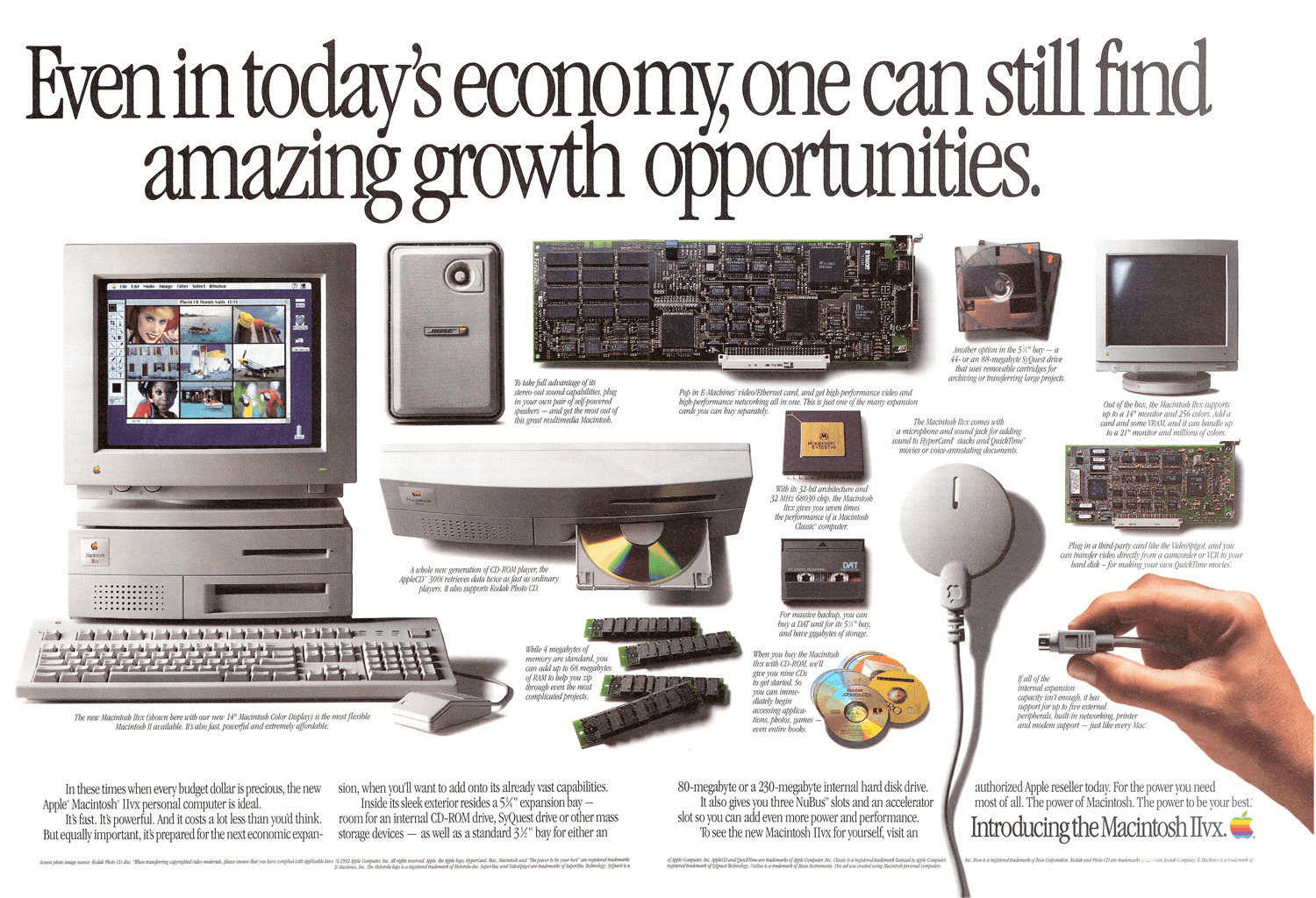
 October 19, 1992: Apple launches the Mac IIvx, the first Macintosh computer to ship with a metal case and, more importantly, an internal CD-ROM drive.
October 19, 1992: Apple launches the Mac IIvx, the first Macintosh computer to ship with a metal case and, more importantly, an internal CD-ROM drive.
The last of the Macintosh II series, the Mac IIvx experiences one of the more notorious price adjustments in Apple history. Within five months of shipping, Apple slashes the computer’s launch price of $2,949 to $1,899. That’s one way to reward early adopters!
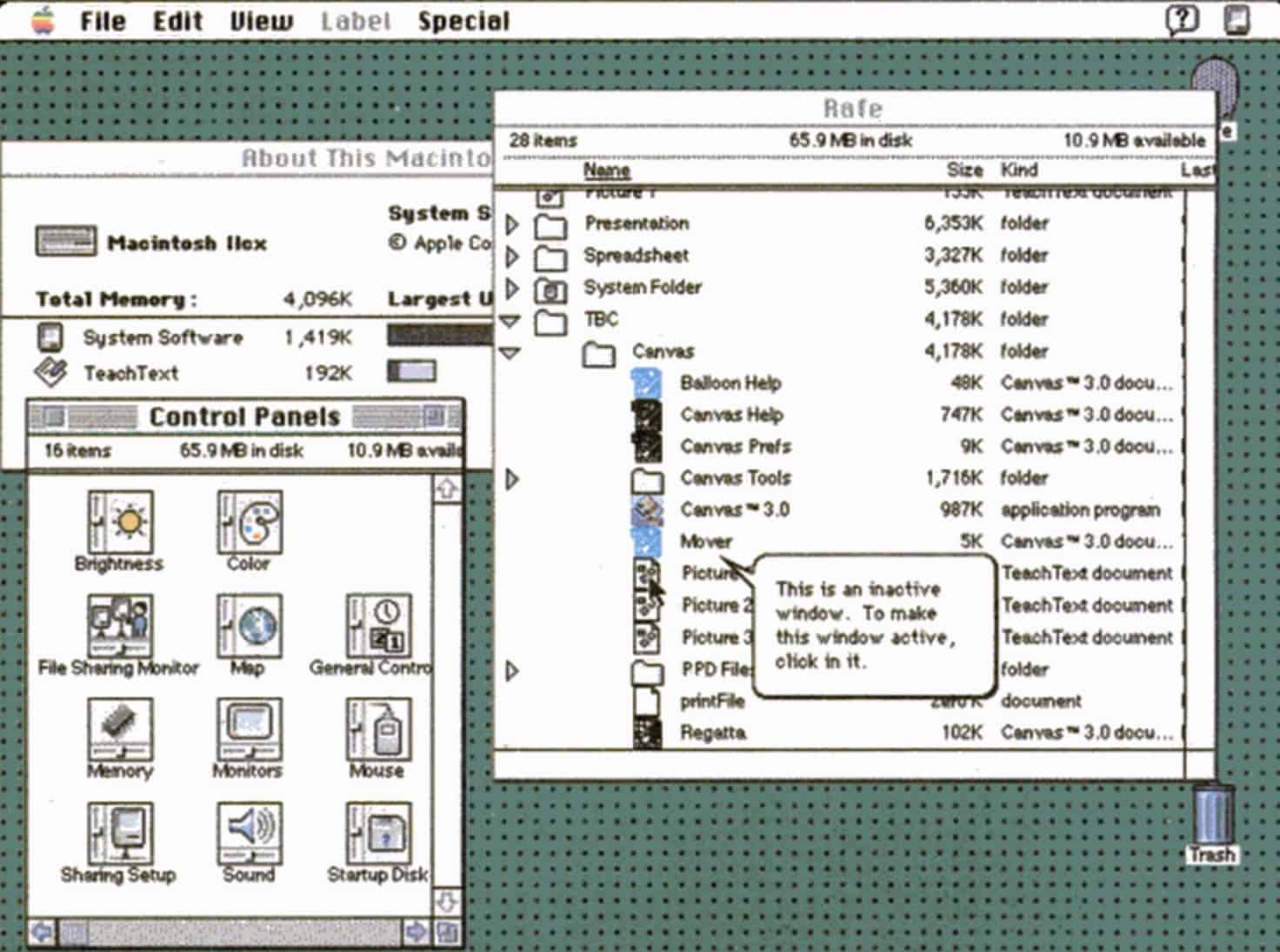
 May 13, 1991: Apple releases System 7, the biggest upgrade to the Mac operating system since the original Mac shipped in 1984. The new Mac OS is whip-fast, beautiful to look at, and boasts a bevy of innovative features.
May 13, 1991: Apple releases System 7, the biggest upgrade to the Mac operating system since the original Mac shipped in 1984. The new Mac OS is whip-fast, beautiful to look at, and boasts a bevy of innovative features.
The longest-lasting of Apple’s classic Mac operating systems, it will remain current until System 8 replaces it in 1997.
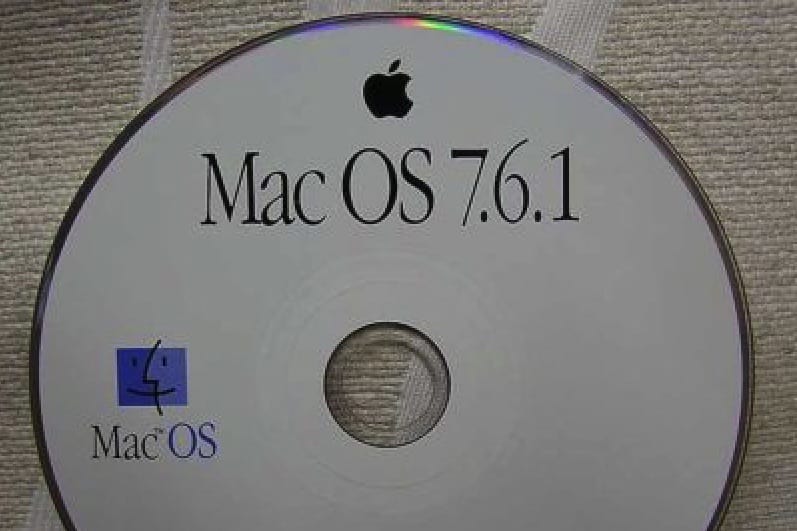
 April 7, 1997: Apple’s System 7 operating system receives its last update with the shipping of Mac OS 7.6.1.
April 7, 1997: Apple’s System 7 operating system receives its last update with the shipping of Mac OS 7.6.1.
The update brings a few bug fixes and support for Apple’s new PCI Power Macs and the PowerBook 3400. Most importantly, it marks the end of the System 7 era, which dawned way back in 1991.
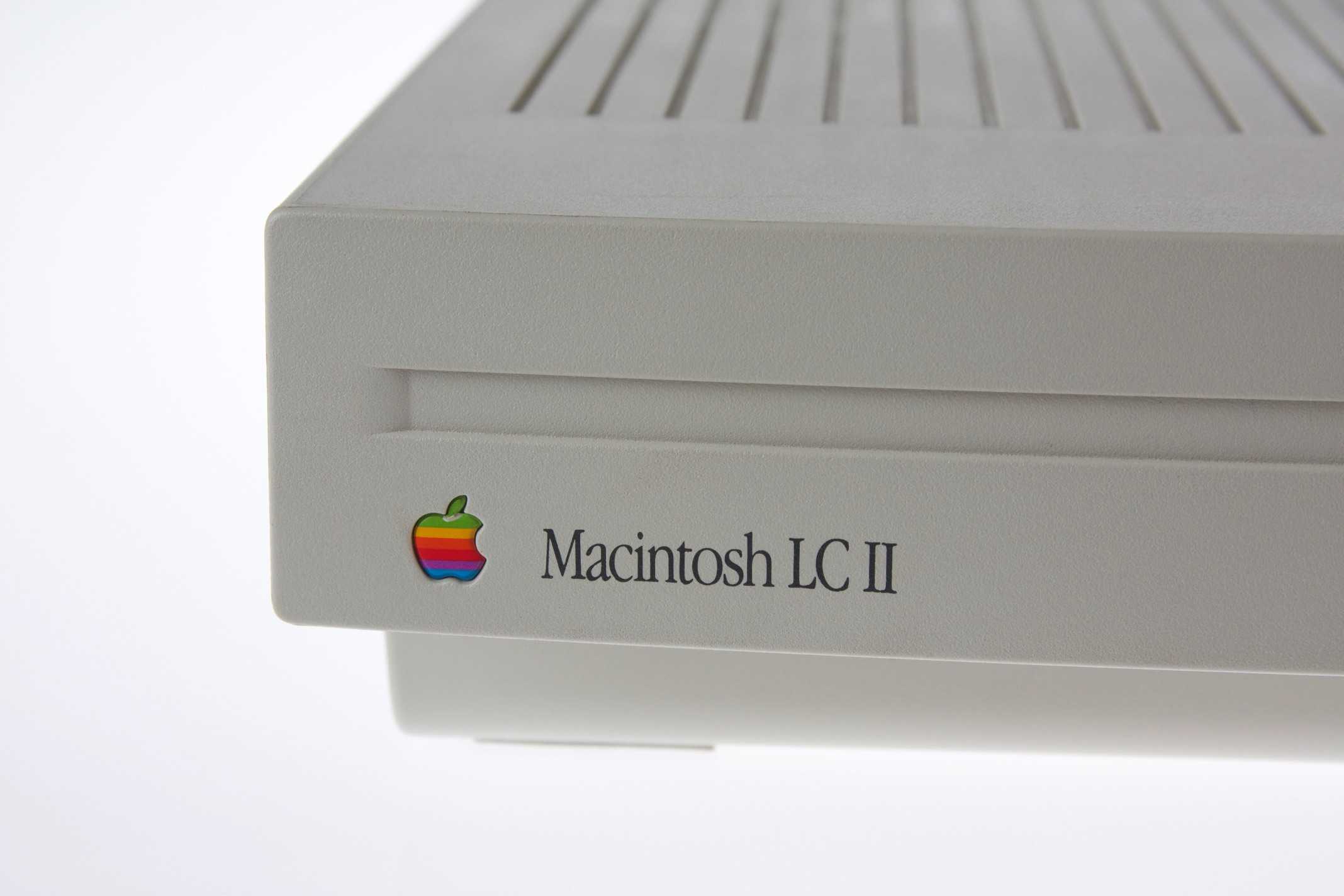
 March 23, 1992: The “headless” Macintosh LC II arrives, wooing value-oriented customers with a beguiling mix of updated internals and budget pricing.
March 23, 1992: The “headless” Macintosh LC II arrives, wooing value-oriented customers with a beguiling mix of updated internals and budget pricing.
Designed to take up minimal space underneath a monitor (sold separately), the Mac LC II is destined to become a hit. In retrospect, the entry-level machine is roughly analogous to today’s Mac mini.
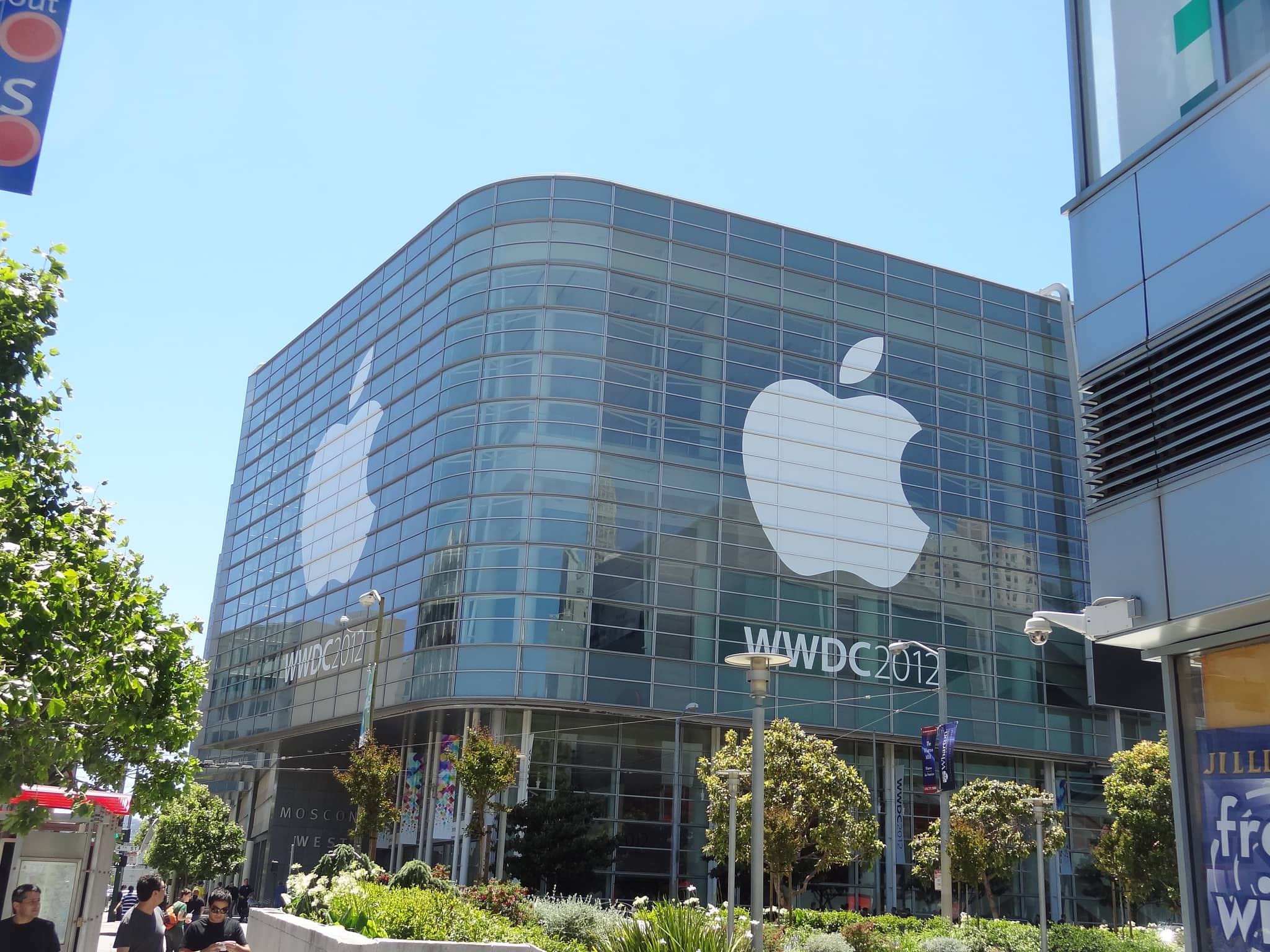
As Apple’s longest-running annual keynote event, it’s no surprise that WWDC has played host to some absolutely enormous announcements over the years.
From strategies that changed the company’s course to the debut of astonishing new products, here are our picks for the most important ones. Check out the list below.
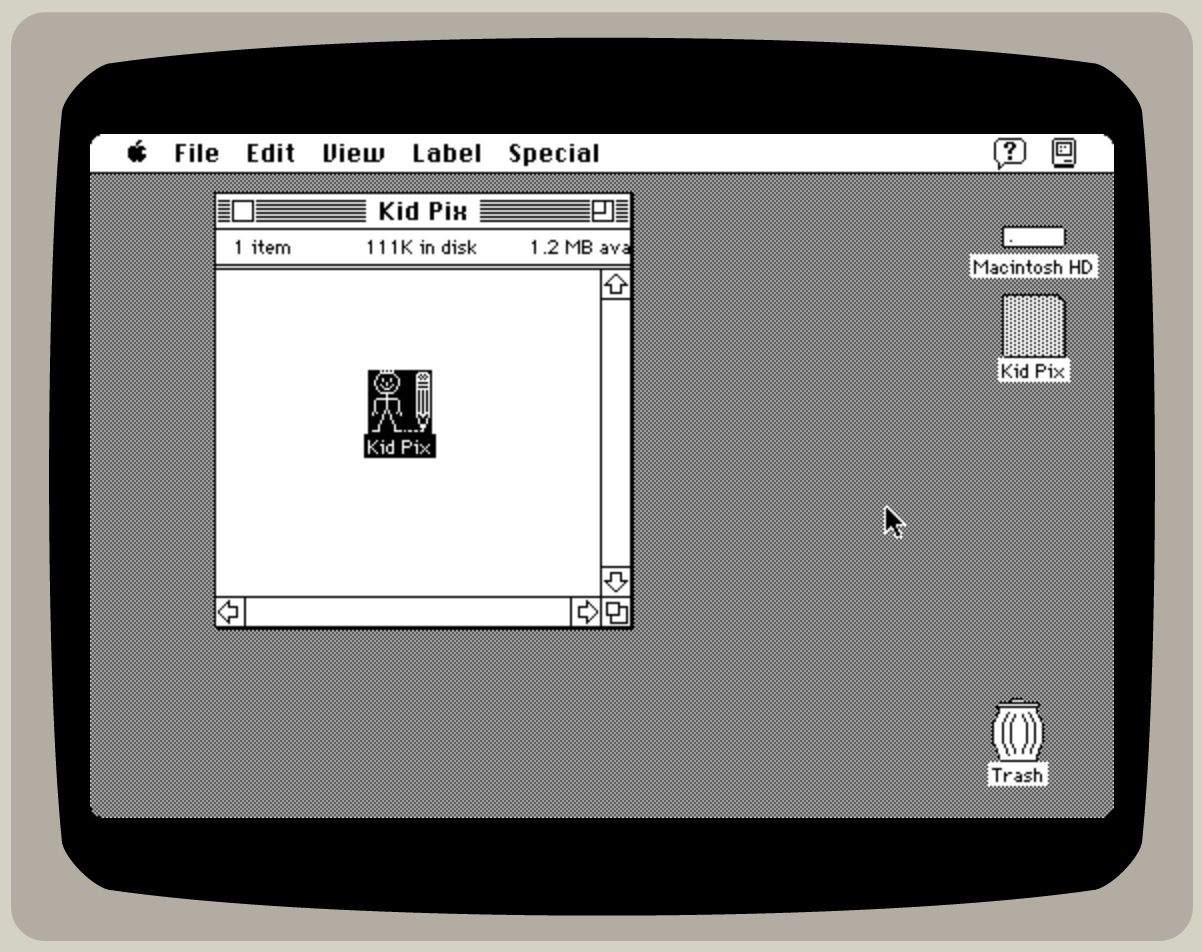
Apple may have just released OS X Mavericks and made it available to all for free, but it comes with a major flaw that you may not have noticed: it doesn’t run MacPaint… or MacDraw. But don’t worry — thanks to James Friend, you can run Mac OS 7 (System 7) — complete with MacPaint and MacDraw — right in your web browser.
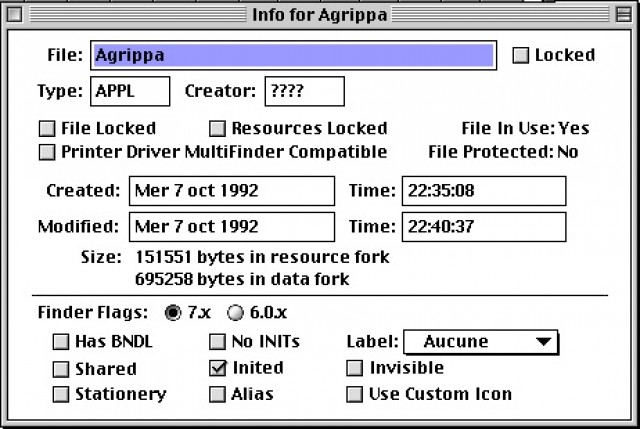
Back in 1992, sci-fi futurist and console cowboy cyberpunk William Gibson of Neuromancer fame helped come up with a puzzle that has been puzzling computer cryptographers ever since.
At the 1992 Meeting of the Americas Society, a 3.5-inch disk meant to run on a Mac PowerBook was distributed alongside a limited print noir art book by Dennish Ashbaugh and Kevin Begos, Jr. On the disk was an unknown poem Gibson had penned called “Agrippa (a book of the dead)”. When the disk was plugged into a PowerBook, the text of the poem was displayed exactly once… and then a script on the disk caused the poem to be permanently scrambled so it could never be read again.
Two decades later, one cryptography student is trying to get to the bottom of how it all works.
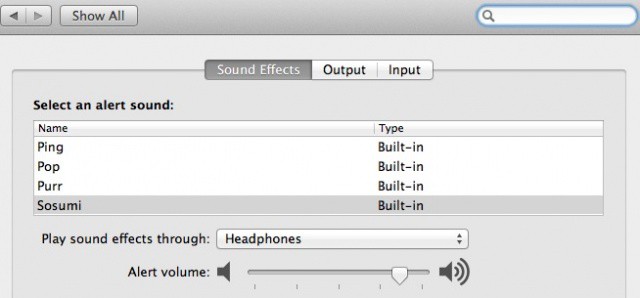
If you’ve spent any amount of time with a Mac in the last 15 years or so, you may have noticed the Sosumi sound, one of several system alert sound options. Even though you most likely just passed it over without a thought, there’s a huge backstory behind the formation of that sound, one that starts with the Beatles, surprisingly enough.
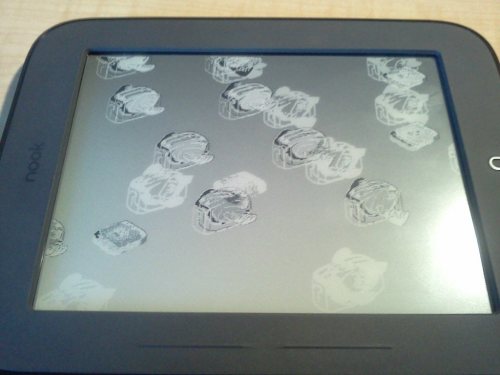
Some people dream of flying sheep, but blogger Mike Cane thinks different, dreaming of flying toasters. His dream – in November 2011 – was to see the classic Macintosh OS running on a nook Simple Touch, the eInk reader from Barnes and Noble. His dream seemed far-fetched, perhaps, even to him, but consider the following specs:
Original Macintosh: 68000 Motorola CPU at a blistering 8MHz(!), 128K(!) of RAM, and 512×342 screen
Nook Touch: TI OMAP3621 (ARM Cortex-A8 core, 800MHz), 256MB RAM, and 600×800 screen.
The Nook Simple Touch outperforms the original Mac by quite a bit. All he needed was someone to bring his dream to life.
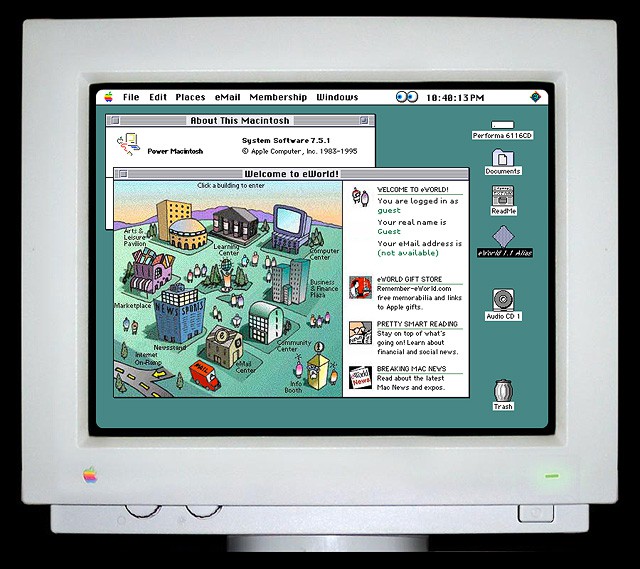
For those who yearn for the glory days of the Classic Mac OS and Beige Boxes, Andrea Grell offers up an authentic and interactive working demo of System 7 running on a Performa 6116CD. From the startup chime to eWorld, this blast from the past is worthy viewing for all old Mac fans.